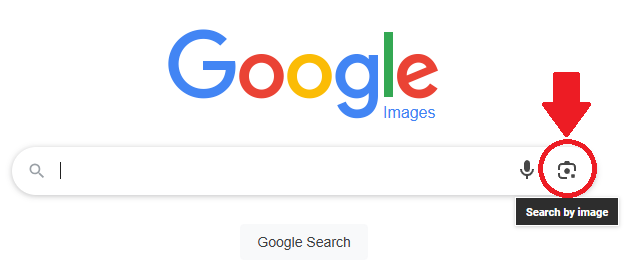Legal Landscape: Avoiding Common Scams
Ryan Greene
MTNA Business Digest, Volume 4, Issue 4
July 2025
When it comes to falling victim to scams, the best defense is education to identify and avoid them. After a scam is complete, recovering funds and catching the scammer can be a slow process. This article provides useful tools to help readers better identify scams when they encounter them.
Examples of Scams
“Giving Away My Late Husband’s Baby Grand Piano”
We’ll begin with a scam commonly received by music teachers. It employs a variety of tactics presented in a way that, at first glance, may appear to be the deal of a lifetime. The scheme involves a widow looking to give away her late husband’s piano. After responding, the victim is directed to a fraudulent website for a shipping company that claims to have the piano in storage and will deliver it after the shipping fee is paid. Of course, there is no shipping company, and the victim is left empty-handed after the scammer collects the funds.
Overpayment Scam
This scam is very common and can take many forms. If someone pays you for something and explains they “accidentally overpaid you,” the alarm should sound immediately. What comes next in the scheme is that you will be instructed to redirect the excess funds to a third party. The original transaction is reversed or, in the case of a written check, the bank determines the check is fraudulent, and the scammer walks away with the “excess funds” diverted to the third party.
Prospective Student Scam
Another scam presents itself as a supposed student inquiry and ends in an over payment scam as described above. Remember to stay vigilant! Don’t assume someone isn’t a scammer just because they obtained your contact details from a legitimate source.
Text Messages and Calls
While phone scams have existed for decades, text message scams have only become prominent in recent years. Do not open a link received in a text message from an unknown sender. Links can direct users to fraudulent websites designed to collect personal information or login details. Other times, it can install malware that can allow scammers to access or control your device.
Identifying Scams
Scrutinize Message Content
When a message includes urgency, poor grammar, or unusual payment methods, it could be the beginning of a scam attempt. The message may be from a recognizable name, like a friend or coworker. If you receive a message like this, contact the person in another way to validate the message’s authenticity. Do not reply to a suspected scam message.
Link Spoofing
Every text web link has both the link text and the actual web address you’ll be directed to when clicking it. Scammers can use the link text to make it appear like the link will take you somewhere other than where you expect it to. For example, the following link appears to be a link to Google, but it is actually a link to the MTNA homepage. Hover your cursor over a link to see the link’s web address (bottom of browser window):
If using a mobile device, hovering a cursor to inspect a link is not possible. Instead, the link can be copied and pasted as text into a blank document for inspection. Or, you may use a link checker like the ones below that are designed to determine if links are safe:
Email Address Spoofing
An email sender is identified by an address (rgreene@mtna.org) and a name (Ryan Greene). Scammers go to great lengths to make their ill-intended emails appear legitimate. Here are a few tactics to watch out for:
- Changing letters. Changing a lowercase “L” to a capital “I” or changing a “M” to an “N.” For example, in noreply@outIook.com, the “L” in outlook is actually an uppercase “i.”
- Pay close attention to the sender’s name and subject line. Scammers often use these data fields to make their message appear more authentic. They may use these fields to associate a recognizable name or email address with their scam.
Reverse Image Search
This is a good tool to help determine whether a photo was pulled from the internet by a scammer or whether it is authentic. Upload the image associated with the suspected scam into one of the sites below. You should be able to see if there are other places on the internet where the image appears. The common baby grand piano scam obtained its images from a piano dealer’s website.

Internet Archive
Come across a website you think may be connected to a scam? The Internet Archive can help determine how long the website has existed. For example, a legitimate website should have records on archive.org going back months or even years. Scam websites would likely have no archive because it was just created for the scam.
Reporting
If you receive a scam email, report it as phishing or spam and block the sender. If you receive a scam text message or call, block the sender and report it through your carrier. Should a scammer succeed in stealing your money or personal information, report it through the following agencies:
Resources for Further Reading
ftc.gov/business-guidance/small-businesses/cybersecurity/phishing
ic3.gov/Outreach/Resources

Ryan Greene is Director of Membership Development for MTNA. He teaches piano at the Music Academy of Centerville. Greene holds degrees in piano performance and pedagogy from Southern Methodist University and Butler University.